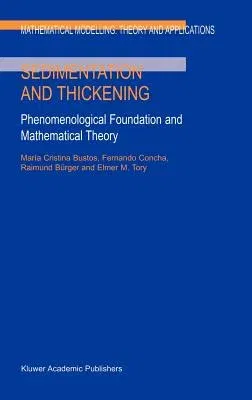E M Tory
(Author)Sedimentation and Thickening: Phenomenological Foundation and Mathematical Theory (1999)Hardcover - 1999, 30 September 1999

Qty
1
Turbo
Ships in 2 - 3 days
In Stock
Free Delivery
Cash on Delivery
15 Days
Free Returns
Secure Checkout

Part of Series
Mathematical Modelling: Theory and Applications
Part of Series
Mathematical Modelling--Theory and Applications
Print Length
285 pages
Language
English
Publisher
Springer
Date Published
30 Sep 1999
ISBN-10
0792359607
ISBN-13
9780792359609
Description
Product Details
Book Edition:
1999
Book Format:
Hardcover
Country of Origin:
US
Date Published:
30 September 1999
Dimensions:
23.39 x
15.6 x
1.91 cm
ISBN-10:
0792359607
ISBN-13:
9780792359609
Language:
English
Location:
Dordrecht
Pages:
285
Publisher:
Series:
Weight:
607.81 gm